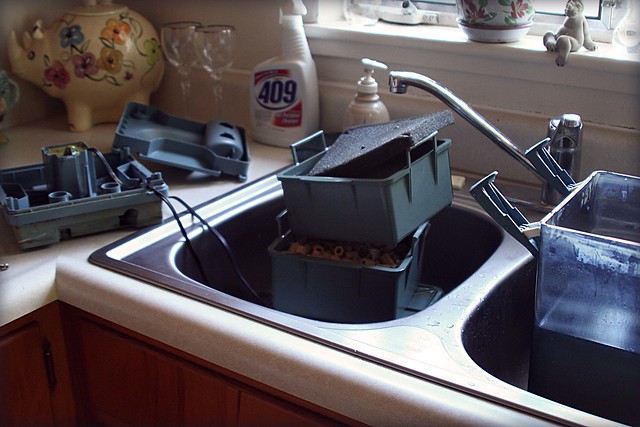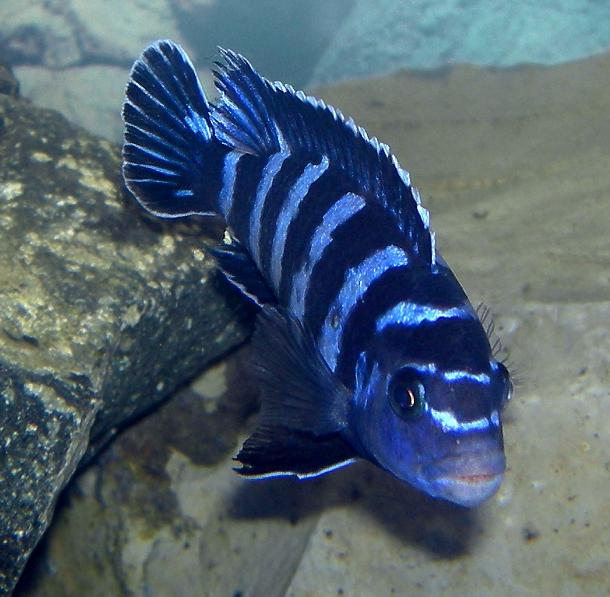Sharks are certainly one of the most captivating creatures in the water. They excite, frighten, and intrigue us like no other sea creature. Everybody knows that sharks are from the ocean, but are there such things as freshwater sharks? Is it possible for the adventurous aquarist to keep sharks in a freshwater aquarium?
 |
| Shark Catfish Pangasius hypophthalmus (Photo credit: Wikipedia) |
There are a couple of shark species that venture into the fresh water, such as river sharks and occasionally bull sharks, but they generally need at least brackish (somewhat salty) water to survive. So since there are no true sharks that live in freshwater it is impossible to keep them in a home freshwater aquarium.
If you have done any browsing in a fish or pet store it is possible that you came across some fish that were labeled "sharks". If they were not in a saltwater tank, then they weren't sharks. There are a few tropical fish that, due to their appearance, have been given a common name containing "shark", but they are not true sharks. A few of these so-called sharks are very popular in freshwater fish tanks, though, and are worth a look if you are stocking a tank.
The most common of these is the red-tailed shark, scientific name Labeo Bicolor, which earned its name of "shark" because of its dorsal fin, but that is a stretch. Regardless, the red-tailed shark and the rainbow (or red-finned) shark are great additions to almost any community tank. They have distinct coloration and get to be decent size without growing too big. They are generally shy but they do get a bit territorial, although they rarely inflict any damage to other fish in the tank.
The Bala shark is another falsely named but very popular freshwater aquarium fish. The Bala shark is very peaceful and makes a good addition to a larger community aquarium. They definitely prefer a bigger tank because they are very active swimmers and by home aquarium standards, get fairly large (5" or so). They are excellent jumpers so a covered tank is a must.
One other common "shark" is the black fin shark catfish, sometimes called a black tipped shark. Of all of the freshwater fish mistakenly called sharks, this one has the closest actual resemblance. It has a gray, streamlined body with a dorsal fin very similar in shape to a shark, but alas, it is simply a catfish. This fish is not the best choice for general community tanks; it will grow fairly large, chase other fish, and eat small fish if they will fit in his mouth. It is best kept with other larger fish.
For those looking to stock "real" sharks in a freshwater aquarium, you are out of luck. On the plus side, some of the commonly available "sharks" at the fish store are wonderful fish to add to a community aquarium and are well worth considering.
Drew Bartlett has over 30 years experience with setting up and maintaining freshwater aquariums. He is the author of The
Article Source: EzineArticles |






